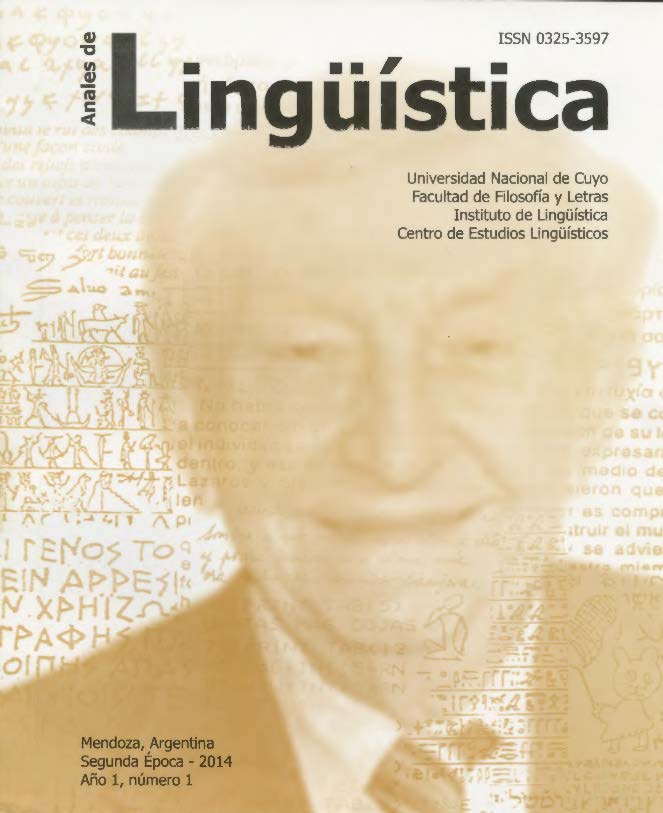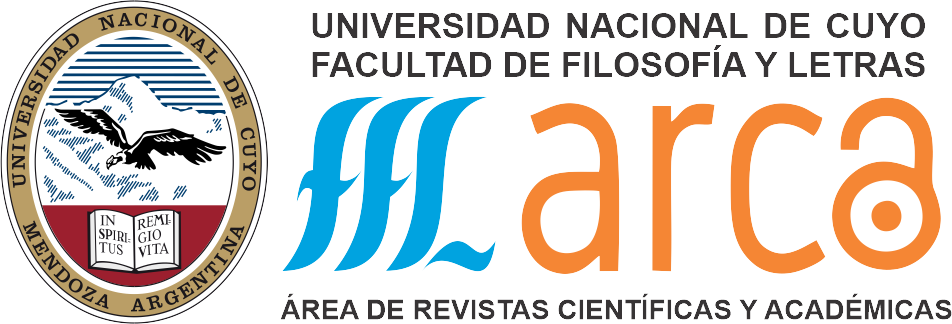A study of the procedures in relation to the contents of language and culture in three manuals of education of spanish as a foreign language (ELE).
Keywords:
procedures, manuals, teaching Spanish like a foreign language (ELE)Abstract
The manuals are a textual class whose pedagogic impression crosses all the levels of invoice of itself. For their analysis and considering their characteristics of polyphony and multimodality, multilevel models of boarding are selected. In this case, the particular tactical procedures related to the form are developed in which the information in the manuals of Spanish like a foreign language (ELE) is organized. The objective is to observe how these procedures of textual linguistic can be compatible with the decisions that are related whereupon the texts boarded are didactic and, in this case, manuals of ELE. In the investigation it is worked with units selected of three manuals of ELE of different origin.
References
Canale. M. (1995) "De la competencia comunicativa a la pedagogía comunicativa del lenguaje·. Traducción de Javier Lahuerta. En Llobera. M. et al. Competencia comunicativa: Documentos básicos en la enseñanza de las lenguas extranjeras. Madrid: EDELSA. pp. 63-81.
Canale, M. y Swain, M. (1980) "Theoretical Bases of Communicative Approaches to Second Language Teaching and Testing". Applied Linguistics. Vol. 1, 1: pp. 1-47.
Cassany, D. (2004). "La expresión escrita". En: SÁNCHEZ Lobato, J. E. Santos Gargallo, l. (drs.) Vademécum para la formación de profesores como L2 y LE. Madrid: SGEL. pp. 917-942.
Castro, E. y Puiatti, H. (1999) "Estrategias superestructurales o esquemáticas. En: Cubo, L. et al. Leo, pero no comprendo. Estrategias de comprensión lectora. Mendoza: Facultad de Filosofía y Letras, UN de Cuyo.
Ciapuscio, G. (1994) Tipos textuales. Buenos Aires: UBA.
Ciapuscio, G. (2003) Textos especializados y terminología. Barcelona: Universitat Pompeu Fabra, lnstitut Universitari de Lingüística Aplicada.
Cubo de Severino. Liliana. et al. (1999) Leo, pero no comprendo. Estrategias de comprensión lectora. Mendoza: Facultad de Filosofia y Letras, UN de Cuyo.
Cubo de Severino. L. coord. (2005) Las temas de la ciencia. Principales clases del discurso académico-científíco. Córdoba: Comunicarte.
Fernández López, M. (2004) "Principios y criterios para el análisis de materiales didácticos". En: Sánchez Lobato, J. y Santos Gallardo l. (drs.) Vademécum para la formación de profesores Enseñar español como segunda lengua (L2)/ lengua extranjera (LE). Madrid: SGEL. pp. 715-734.
Gómez de Erice, M. V. y Zalba, E. M. (2003) Comprensión de textos. Un procedimiento conceptual y procedural. Mendoza: EDIUNC.
Heinemann, W y Viehweger, D. (1991) Textlinguistik: eine Einführung. Tübingen: Niemeryer.
Loffler-Laurian, A. (1983) Typologie des discours scientifiques deux aproches. En Études de Linguistique Apliquée, CNRS-Paris. Trad. De Filippini, A. M., Partemi, Raquel y Stay de Aguilera, S. en el marco de la Maestría de Lingüística Aplicada.
Lomas, C; Osorio, A. y Tusón, A. (1993) Ciencias del lenguaje, competencia comunicativa y enseñanza de la lengua. Barcelona: Paidós.
Marco Común Europeo de Referencia para las Lengua: Aprendizaje, enseñanza y evaluación. (2001). En: http//cvc.cervantes.es/obref/marco.
Palacios Martínez, l. (dir.) (2007) Diccionario de enseñanza y aprendizaje de lenguas. En: Clave- ELE/ CLE Internacional.
Silvestri, A. (1995) El discurso instruccional. Buenos Aires: UBA.
Zamudio, B. y Atorresi, A. (2000) La explicación. Buenos Aires: EUDEBA.
Downloads
Published
How to Cite
Issue
Section
License
Copyright (c) 2014 Andrea Rosana Gazali
Esta obra está bajo una Licencia Creative Commons Atribución 2.5 Argentina.
Los/as autores/as que publican en esta revista están de acuerdo con los siguientes términos:
1. Los/as autores conservan los derechos de autor y garantizan a la revista el derecho de ser la primera publicación del trabajo bajo una licecncia Creative Commons Atribución 2.5 Argentina (CC BY 2.5 AR) . Por esto pueden compartir el trabajo con la referencia explícita de la publicación original en esta revista.
2. Anales de lingüística permite y anima a los autores a difundir la publicación realizada electrónicamente, a través de su enlace y/o de la versión postprint del archivo descargado de forma independiente.
3. Usted es libre de:
Compartir — copiar y redistribuir el material en cualquier medio o formato
Adaptar — remezclar, transformar y construir a partir del material para cualquier propósito, incluso comercialmente.












